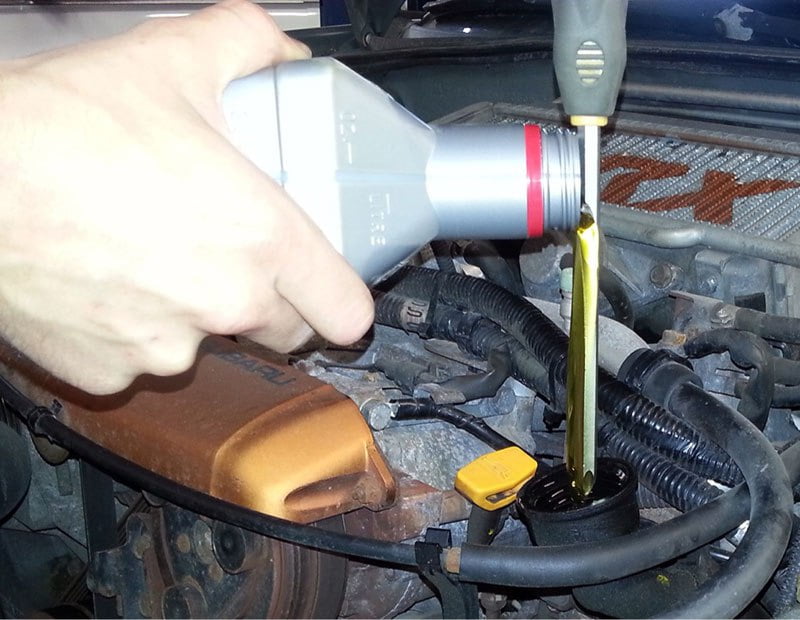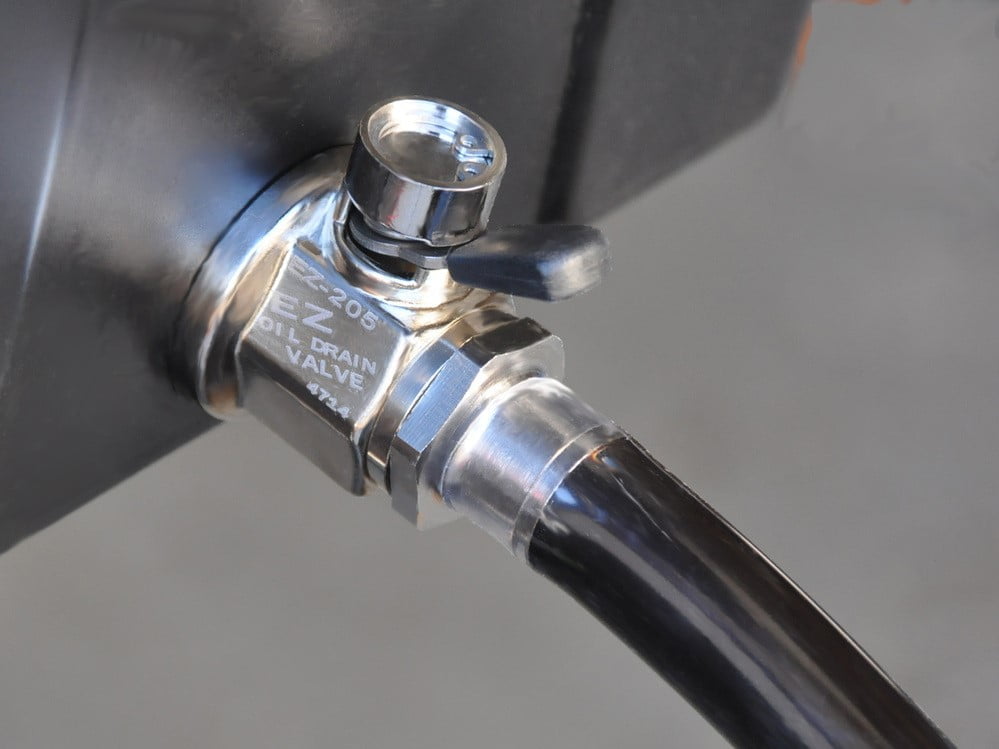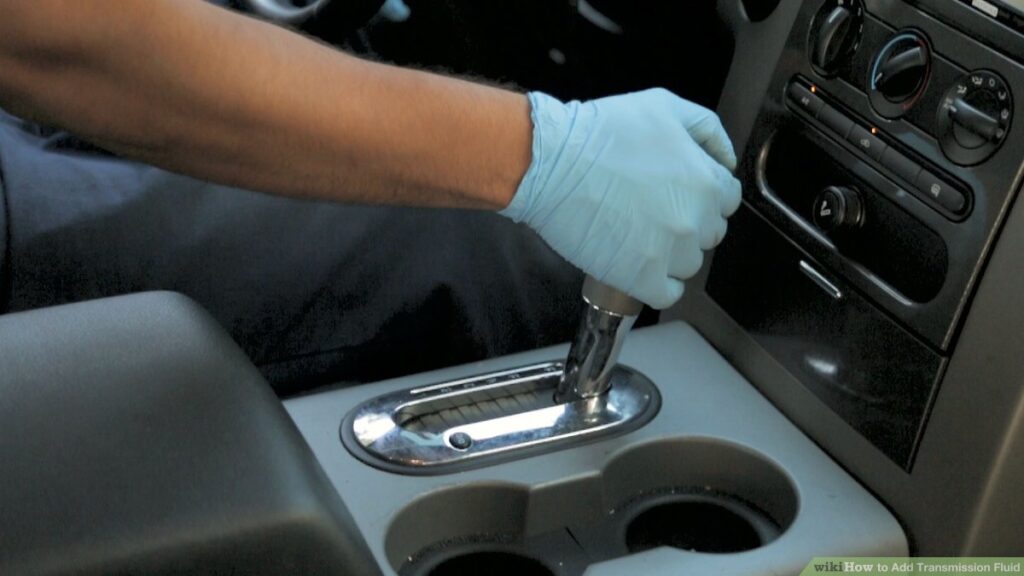How to Easily Determine the Right Oil for Your Car: A Comprehensive Guide
To know what type of oil your car needs, refer to the owner’s manual or check the manufacturer’s website. Choosing the right oil for your car is crucial for its performance and longevity. The owner’s manual provides specific details about the recommended oil viscosity and specifications. In some cases, the manufacturer’s website may also have a tool or search feature that allows you to enter your car’s make, model, and year to find the appropriate oil type. By following these guidelines, you can ensure that you use the correct oil for your car and maintain its engine health. Understanding The Importance Of Using The Right Oil Choosing the right oil for your car is a vital part of vehicle maintenance that often goes unnoticed. Using the right oil not only ensures optimal performance but also prolongs the longevity of your car. In this section, we will explore why using the right oil is crucial for your car’s performance and longevity. Why Using The Right Oil Is Crucial For Your Car’s Performance And Longevity Using the correct type of oil specifically designed for your car is essential for maintaining its performance and longevity. Here’s why: Engine lubrication: Oil serves as a lubricant for the engine, reducing friction between moving parts. The right oil helps to minimize wear and tear, preventing premature engine failure. Temperature regulation: Oil also aids in regulating the engine’s temperature. It absorbs heat generated during operation and helps cool down the engine, preventing it from overheating. Using the wrong oil may compromise its ability to manage high temperatures effectively. Engine cleanliness: The right oil contains additives that keep the engine clean by preventing the formation of sludge and deposits. These deposits can affect performance and clog vital engine components. Fuel efficiency: Using the right oil can improve fuel efficiency. Oil with the right viscosity and friction-reducing additives reduces resistance in the engine, allowing it to operate more efficiently and potentially saving you money on fuel costs. Ensuring Your Car Gets The Right Oil Now that we understand the importance of using the right oil, let’s discuss how to ensure your car gets the oil it needs: Refer to the owner’s manual: The owner’s manual provides specific information about the type of oil recommended for your car’s make and model. This is the most reliable source for determining the correct oil type. Consult a professional: If you are unsure or do not have access to the owner’s manual, it is always a good idea to consult a professional mechanic or dealership. They have the expertise to guide you in selecting the appropriate oil for your car. Avoid using generic products: While generic oils may be cheaper, they may not meet the specific requirements of your car. Stick to recommended brands and oil types to ensure optimal performance and longevity. By following these guidelines, you can ensure your car receives the right oil it needs to perform at its best and stay on the road for years to come. Credit: www.rac.co.uk Factors To Consider When Choosing The Right Oil Choosing the right oil for your car involves considering several factors, including the viscosity recommended by the manufacturer, the type of engine oil (conventional, synthetic, or blend), and any specific requirements for your vehicle. By understanding these factors, you can ensure that your vehicle runs smoothly and efficiently. The Importance Of Viscosity And How It Affects Your Engine When it comes to choosing the right oil for your car, one of the most important factors to consider is viscosity. Viscosity refers to the oil’s resistance to flow and is typically indicated by two numbers, such as 5W-30 or 10W-40. The first number, followed by the letter “W,” represents the oil’s winter viscosity. The lower the number, the thinner the oil flows at lower temperatures. The second number represents the oil’s viscosity at operating temperatures. It’s crucial to choose the correct viscosity to ensure optimal engine performance and protection. Understanding The Difference Between Conventional, Synthetic, And Blended Oils When looking for the right oil, you’ll often come across terms like conventional, synthetic, and blended oils. Each type has its own characteristics and benefits. Conventional oil is derived from crude oil and offers adequate lubrication and protection for most typical driving conditions. Synthetic oil, on the other hand, is artificially made and offers enhanced performance and protection in extreme temperatures and high-stress situations. Blended oils combine the benefits of both conventional and synthetic oils, providing a balance between performance and cost-effectiveness. How To Determine The Recommended Oil Type For Your Specific Car Model Determining the recommended oil type for your car model is crucial for optimal engine performance and longevity. The best way to find this information is by consulting your car’s owner manual. The manual will provide the specific oil viscosity and type recommended by the manufacturer. Additionally, you can also check the oil cap or dipstick in your engine bay, as it may have the recommended oil type printed on it. If you’re still unsure, you can contact the car manufacturer’s customer service or consult a trusted mechanic for guidance. Summary In summary, when choosing the right oil for your car, it’s essential to consider factors such as viscosity, the difference between conventional, synthetic, and blended oils, and the recommended oil type for your specific car model. By understanding these factors and adhering to the manufacturer’s recommendations, you can ensure optimal engine performance, protection, and longevity. Decoding Oil Specifications And Labels When it comes to taking care of your car’s engine, choosing the right oil is crucial. But with so many options available, it can be confusing to know which type of oil your car needs. That’s where decoding oil specifications and labels comes in handy. By understanding the key information found on oil containers, you can ensure that you are selecting the right oil for your car’s engine. In this article, we will break down the important aspects of oil specifications and labels, focusing on the API certification, viscosity
How to Easily Determine the Right Oil for Your Car: A Comprehensive Guide Read More »





